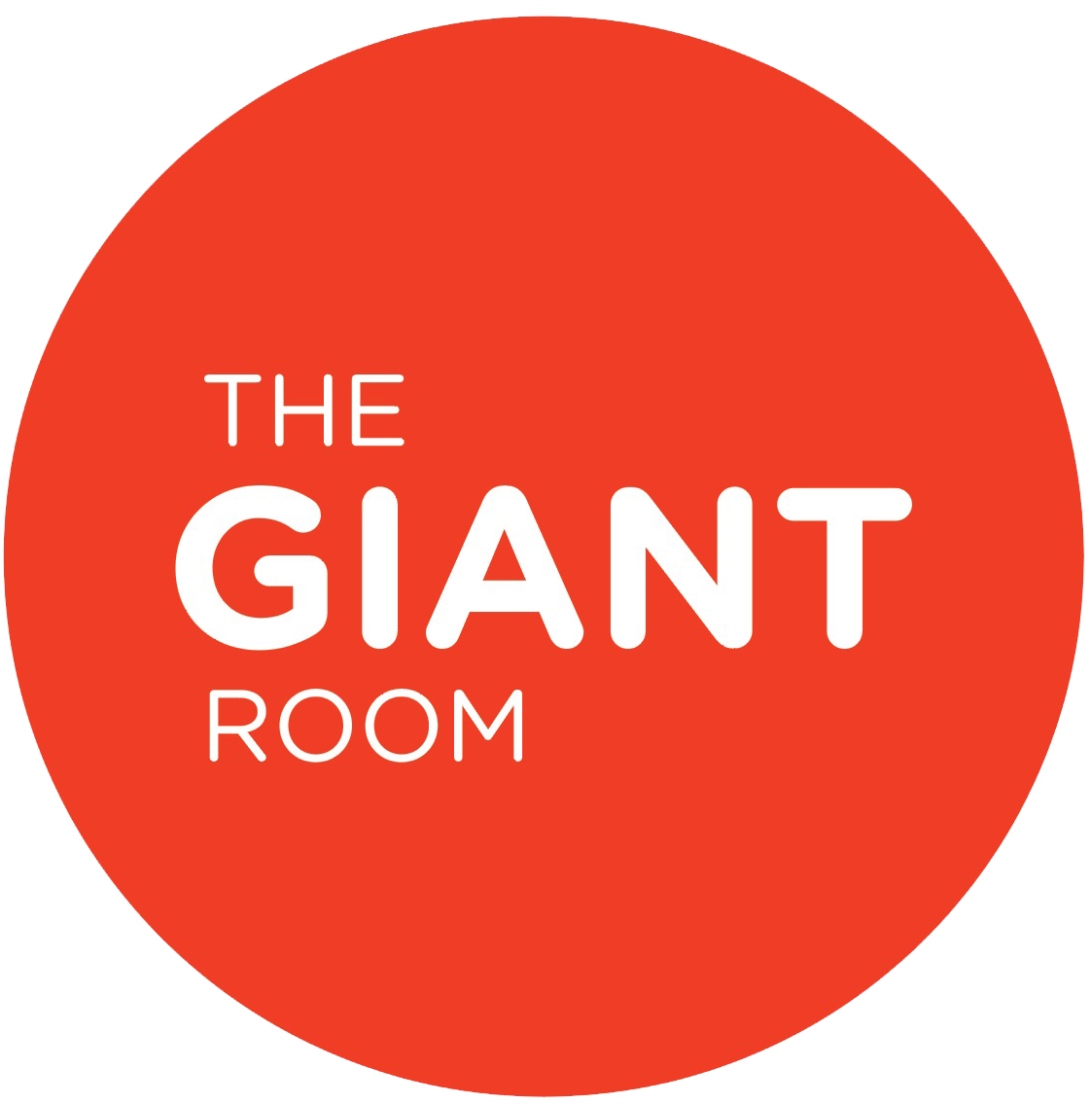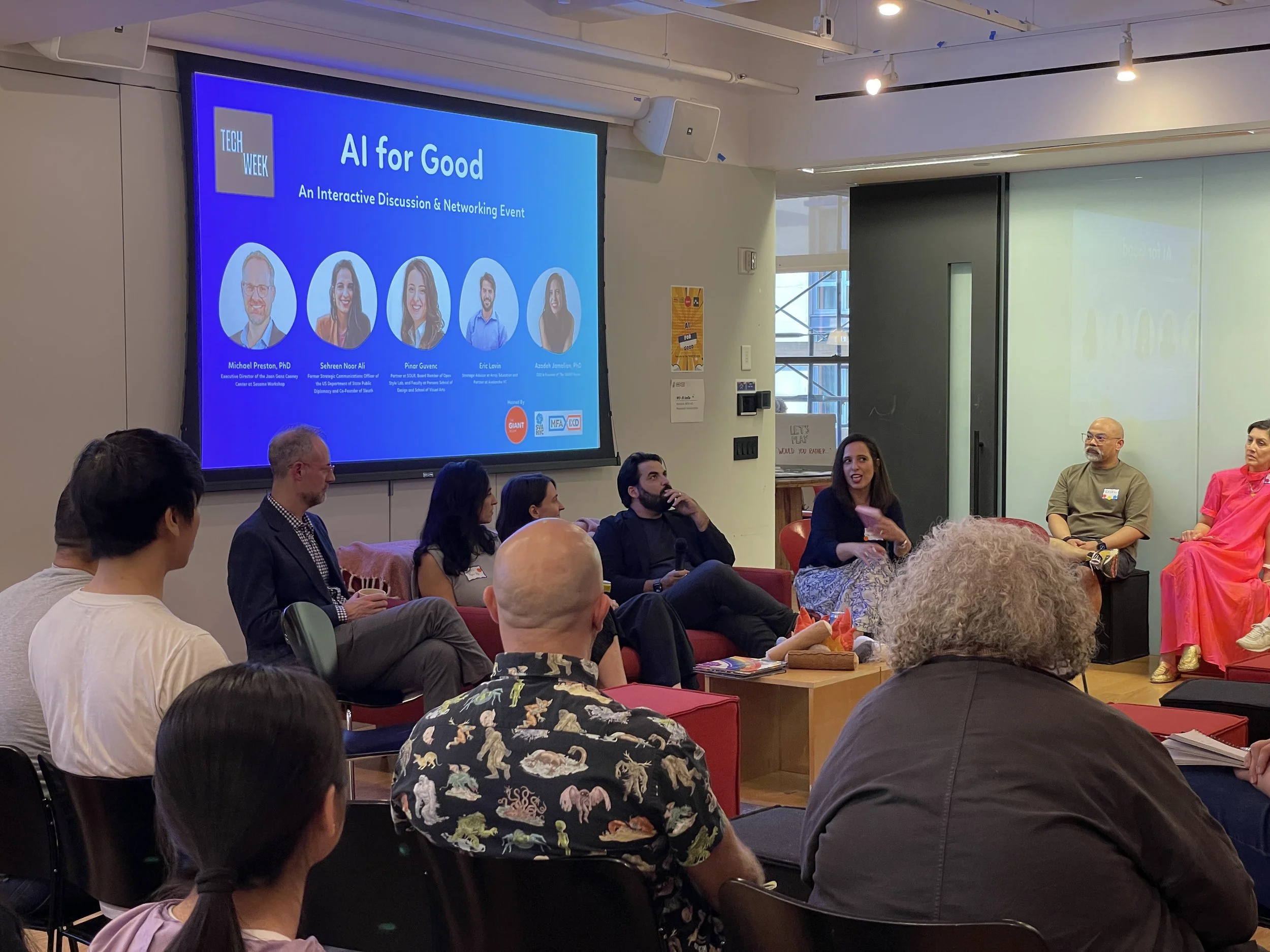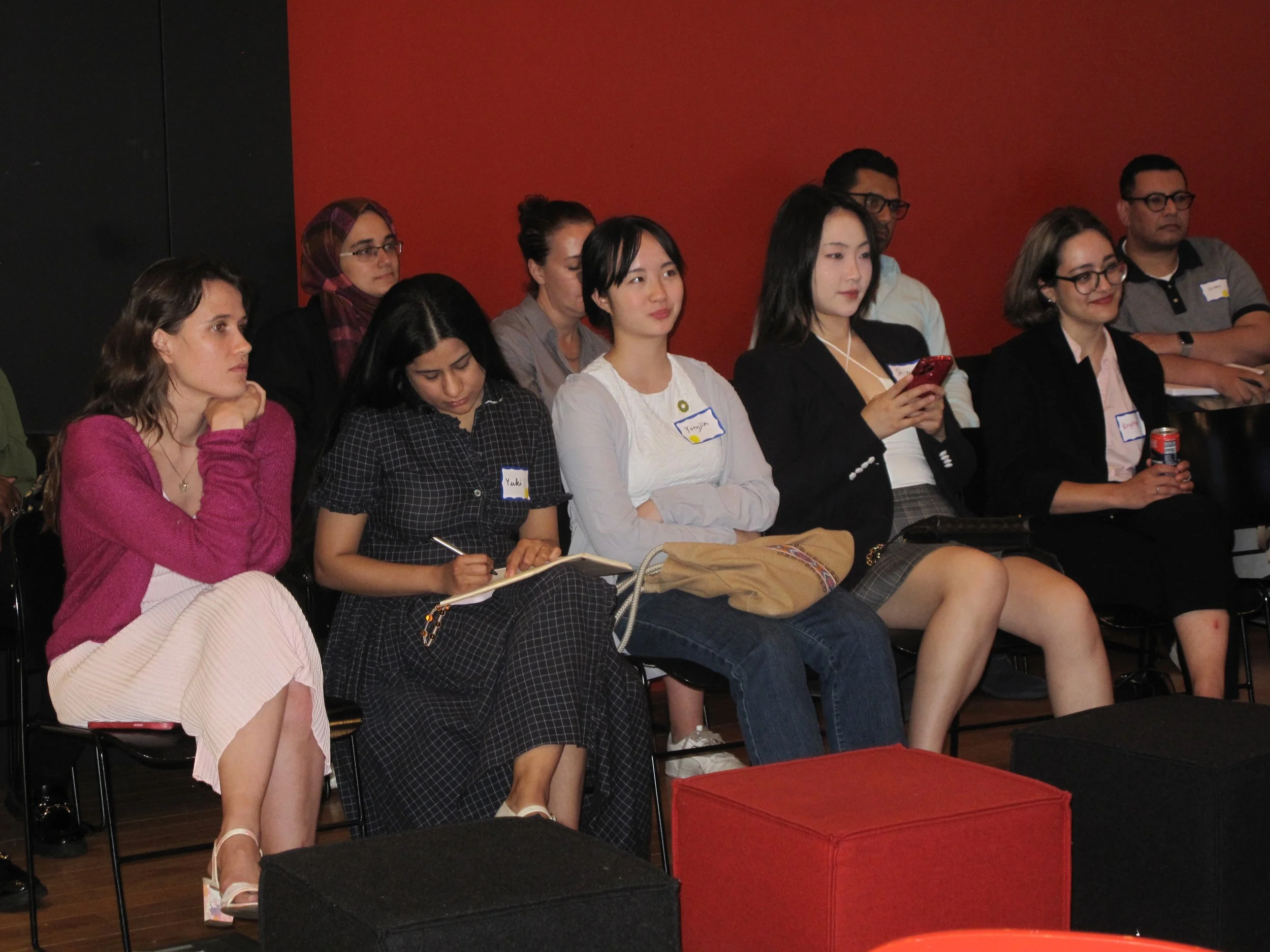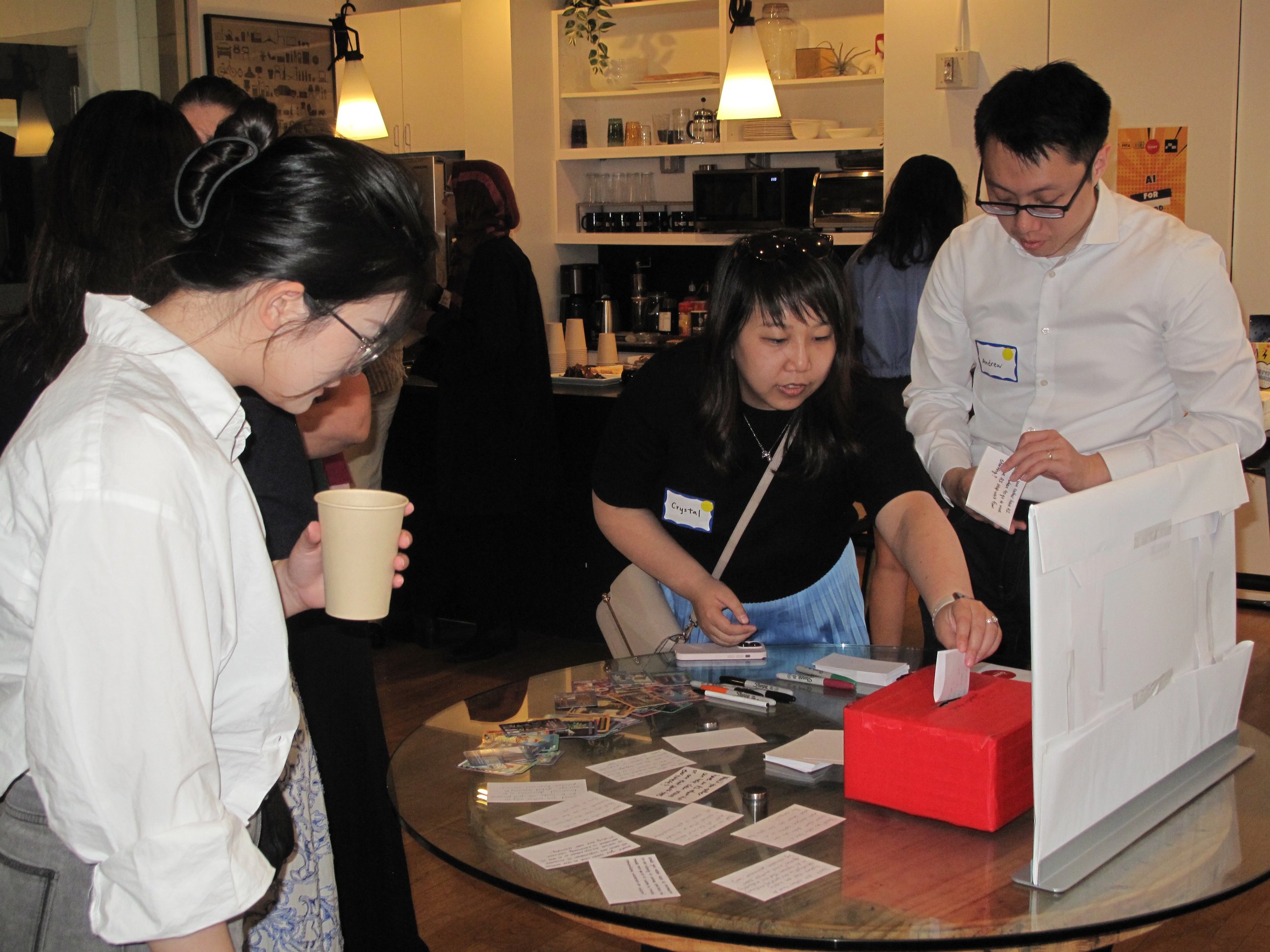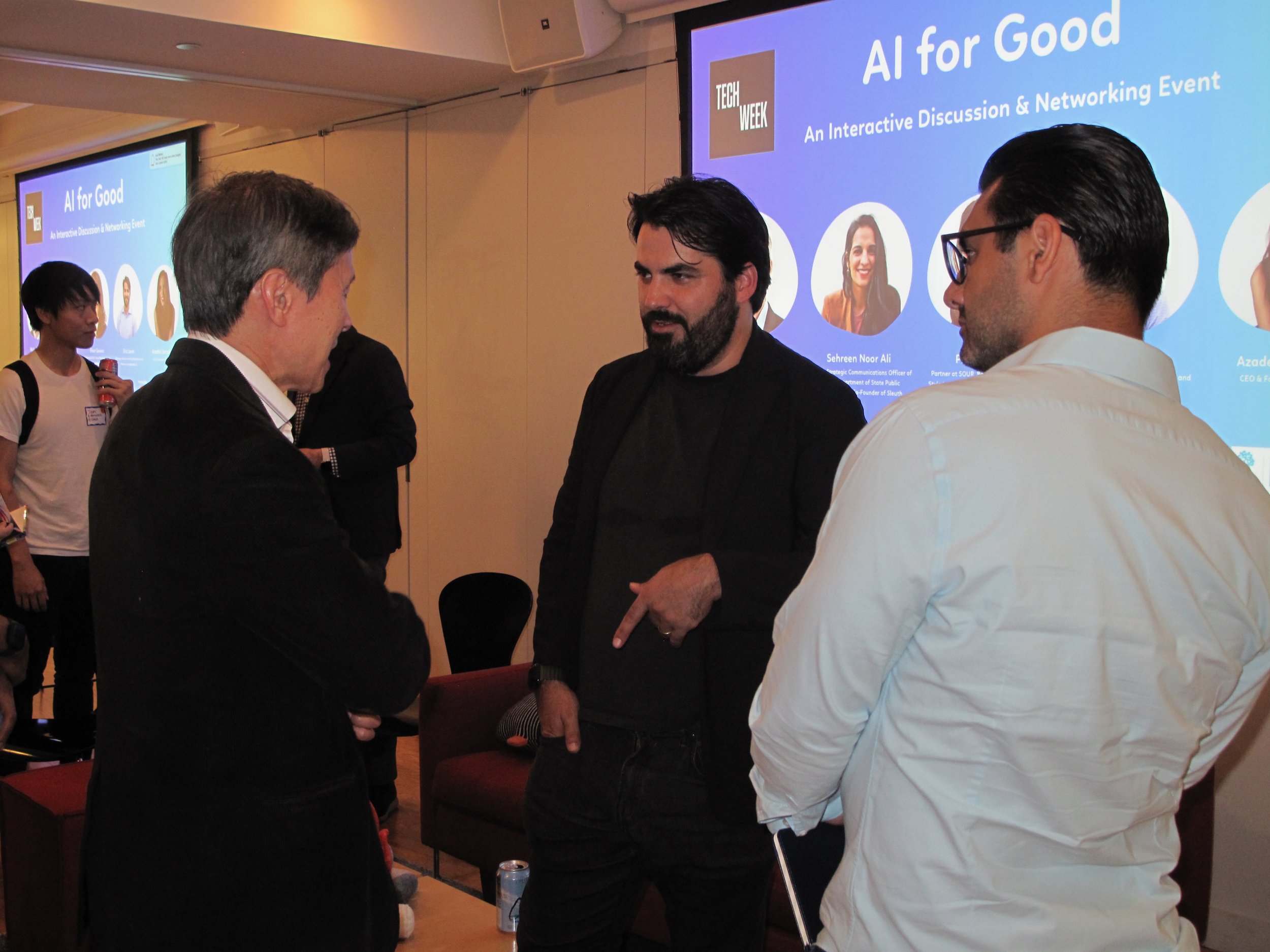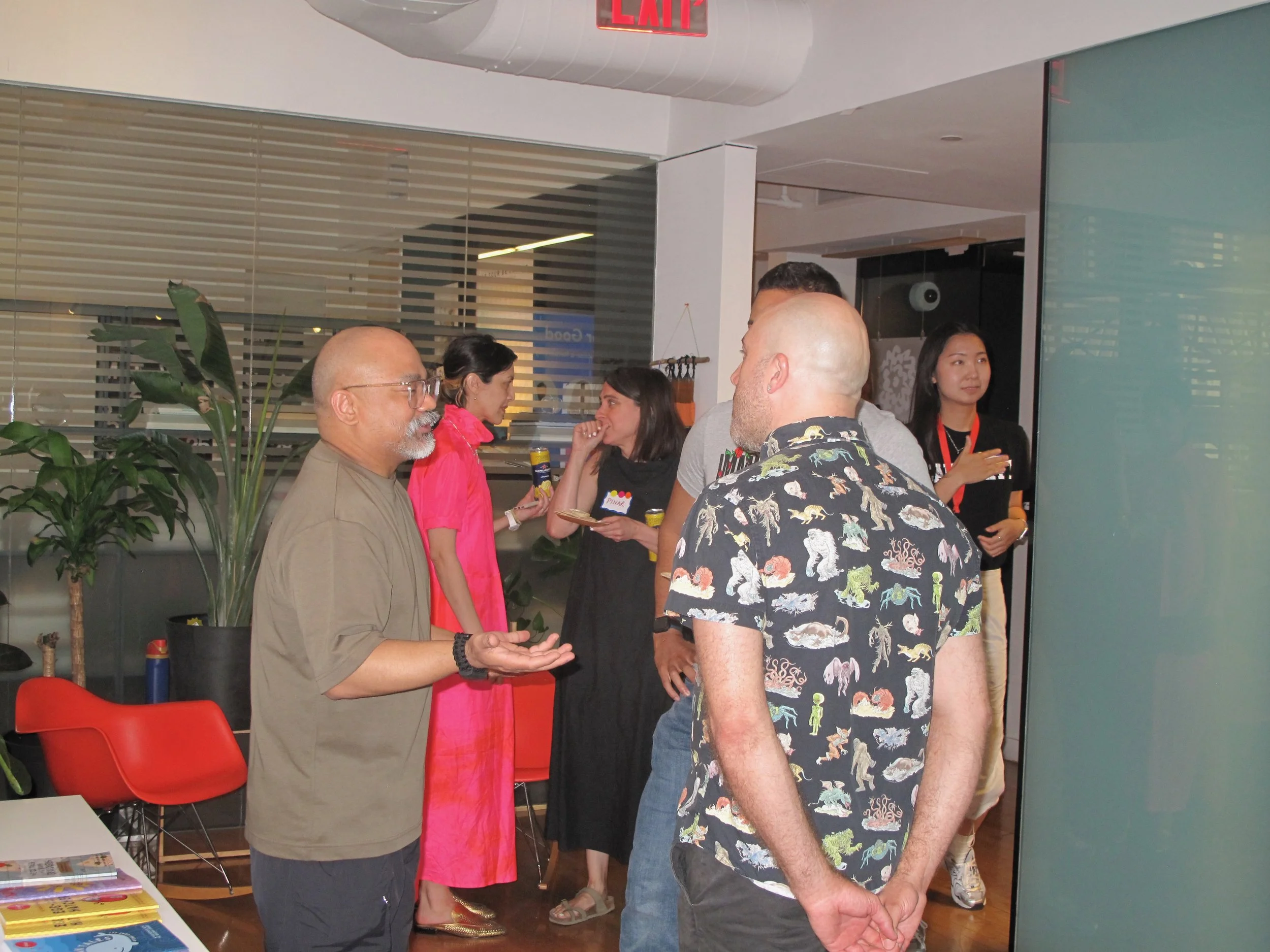AI for Good: A NY Tech Week Interactive Discussion
Would You Rather have access to anything on the internet but it be dangerous OR access to very little on the internet but it be super safe? Last week The GIANT Room and The School of Visual Arts MFA Interaction Design Department hosted a NY Tech Week AI For Good Interactive Discussion. The opening question drew mixed responses from our panel comprised of Michael Preston, PhD, Executive Director of the Joan Ganz Cooney Center at Sesame Workshop; Sehreen Noor Ali, former Strategic Communications Officer of the US Department of State Public Diplomacy and Co-Founder of Sleuth; Pinar Guvenc, Partner at SOUR, Board Member of Open Style Lab, and Faculty at Parsons School of Design and School of Visual Arts; and Eric Scott Lavin, Strategic Advisor of Array Education and Partner at Avalanche VC, and our moderator Dr. Azadeh Jamalian (Co-Founder of The GIANT Room and The GIANT Remix). As the discussion unfolded, each panelist alluded to generative AI as a tool, which educators can harness to enhance learning; designers can optimize to create accessibility, and policy makers must critically assess. The general consensus that the good can outweigh if we start with education was a common thread, along with the following takeaways and ruminations.
Focusing on kids, families, schools
In an ideal world, AI becomes a power tool that kids are leading. Gen Alpha consists of digital natives who are seeking personalization in their digital interaction, and generally have the access and impetus to expand their technological exploration. As parents, educators, and policy makers we must work together to lay the groundwork for them to safely learn and utilize the technology to improve their lives and their communities. Through hands-on learning and meaningful experiences, AI can connect young people in ways that not only drive a deeper educational component but amplify both socialization and para-socialization as well.
Future Directions
What can be added to the lives of people? What are you enabling and who are you helping? These two questions were called out as north stars in this discourse. Implementing AI is not taking the human out of the equation. Instead it is serving as a means to automate and ideate, allowing for an opportunity to develop and strengthen our soft skills: creativity, critical thinking, collaboration, and communication. Through our collaborations with the NYC DOE, Connecticut State Library System, and our community GIANT Remix programs over the past year, The GIANT Room has leveraged AI tools to help young people actualize their stories into creative publications which have been shared throughout the world. As the GIANT Remix platform continues to grow, it will further connect the voices of our future generations to their communities at large, while teaching responsible media and digital literacy.
Collaborations and Partnerships
Is there more capital in impact investments? While social change serves as driver in the VC world, is there a “perfect marriage” between capitalism and impact? The question remains: do our social entrepreneurs have to choose between the two missions. How do we make sure that capital is applied as a catalyst for inclusively improving our lives?
Measurement and Accountability
AI can be used as a catalyst to tell the “third story”, as long it stays purpose-driven and human-centered. Builders who do not let go of the safety guardrails must be incentivized and we must continue to add and re-evaluate our metrics used to measure the outcomes serving as markers of success. If we stay educated and demand radical transparency from our policy makers, how would that look?
Let’s continue the conversation. What are your questions surrounding the topic of AI for Good? Who would you like to hear from in a future panel? Let us know!
